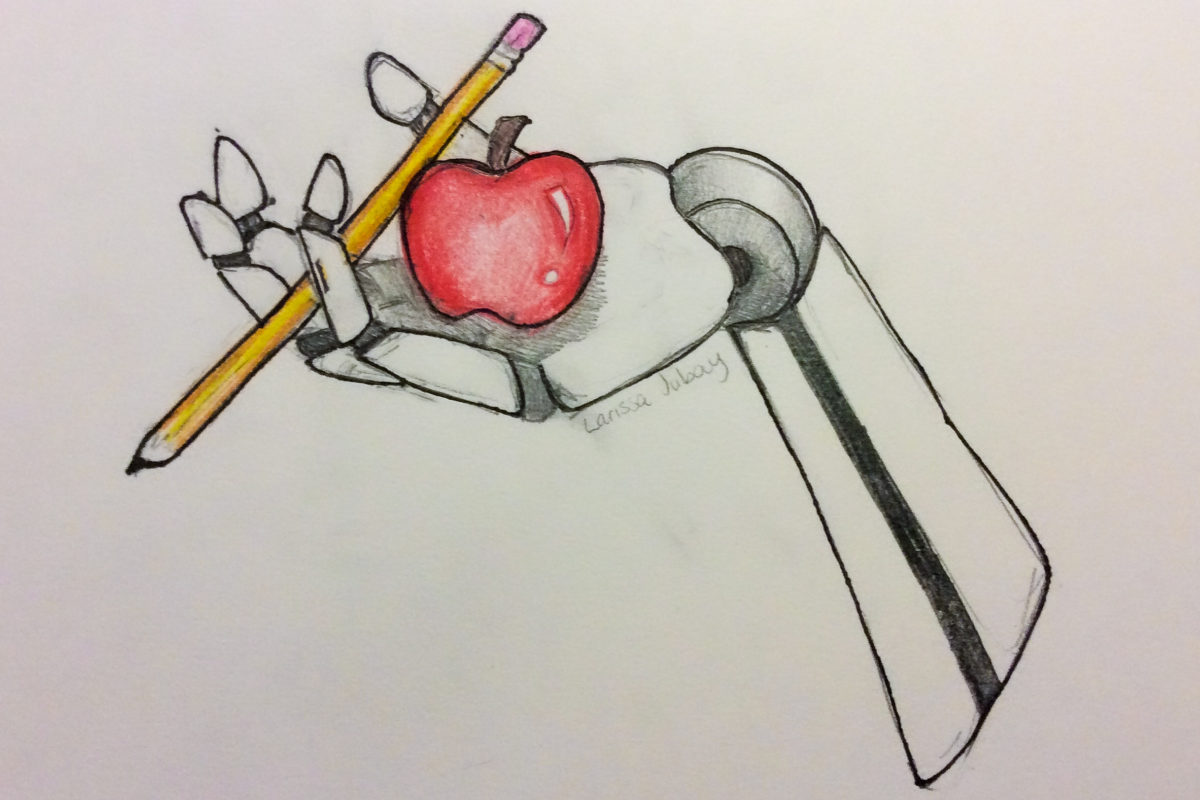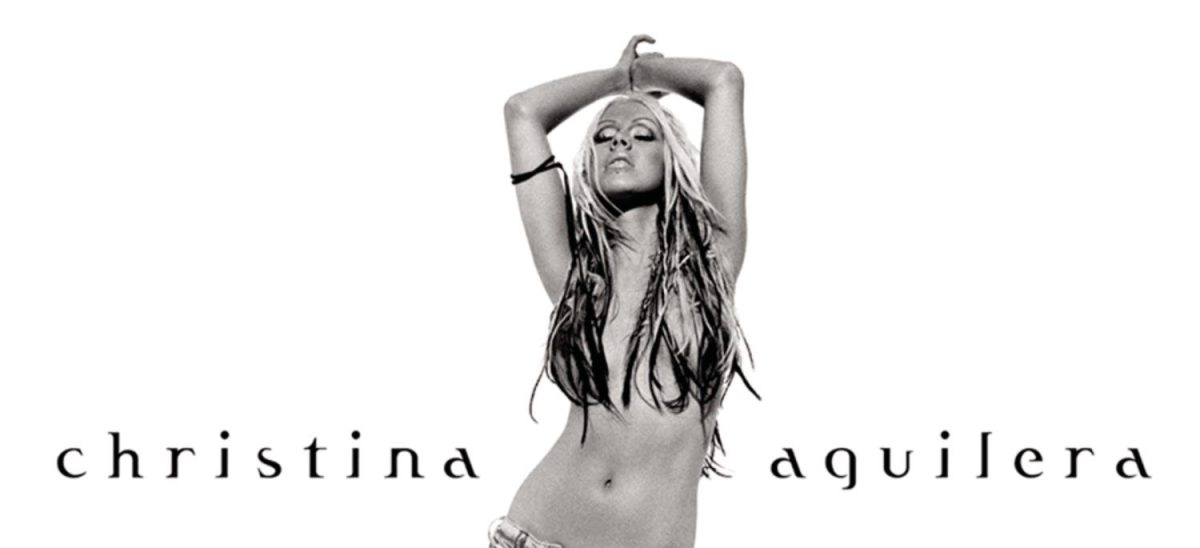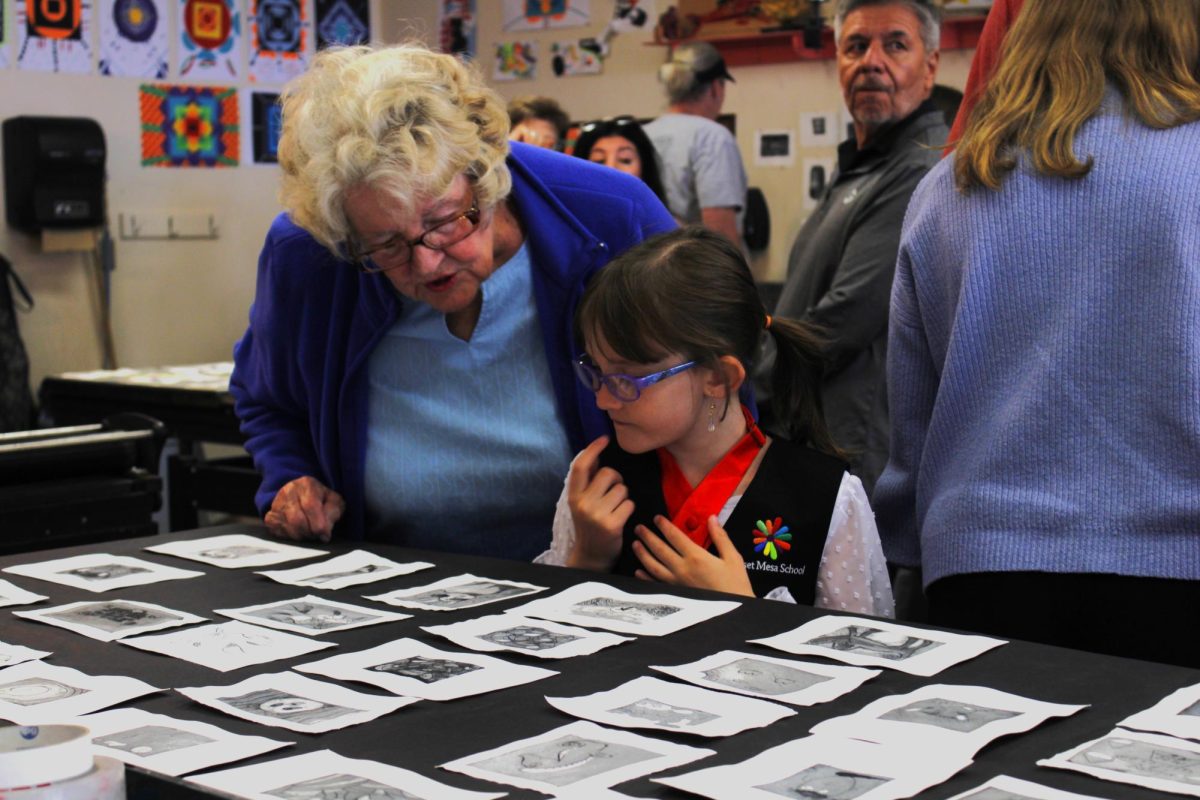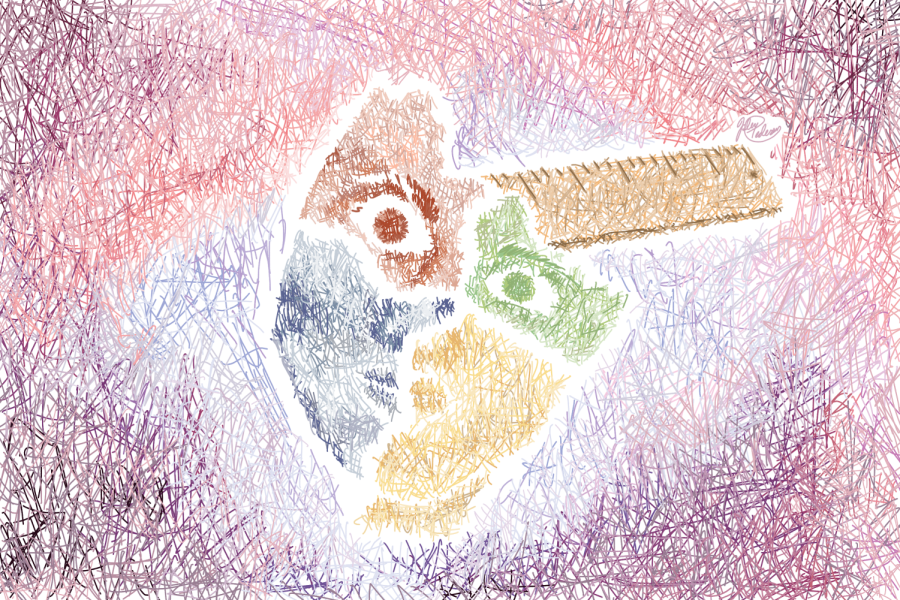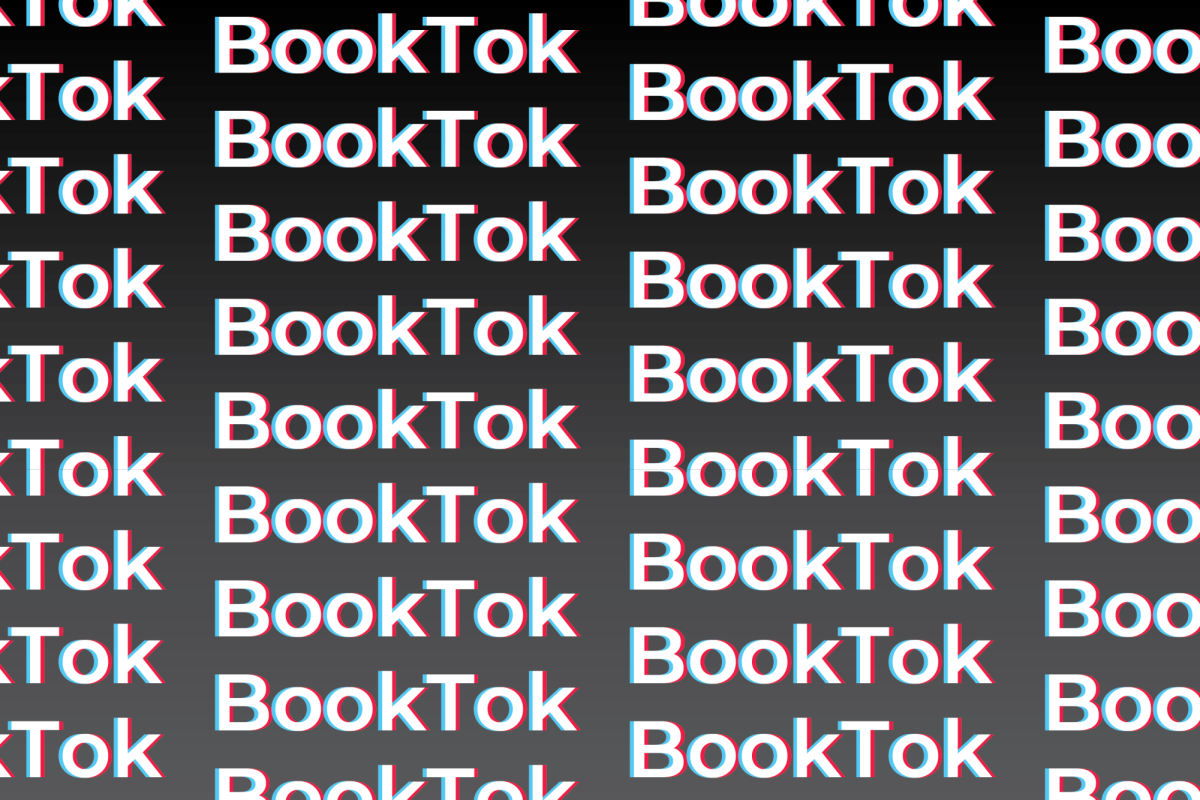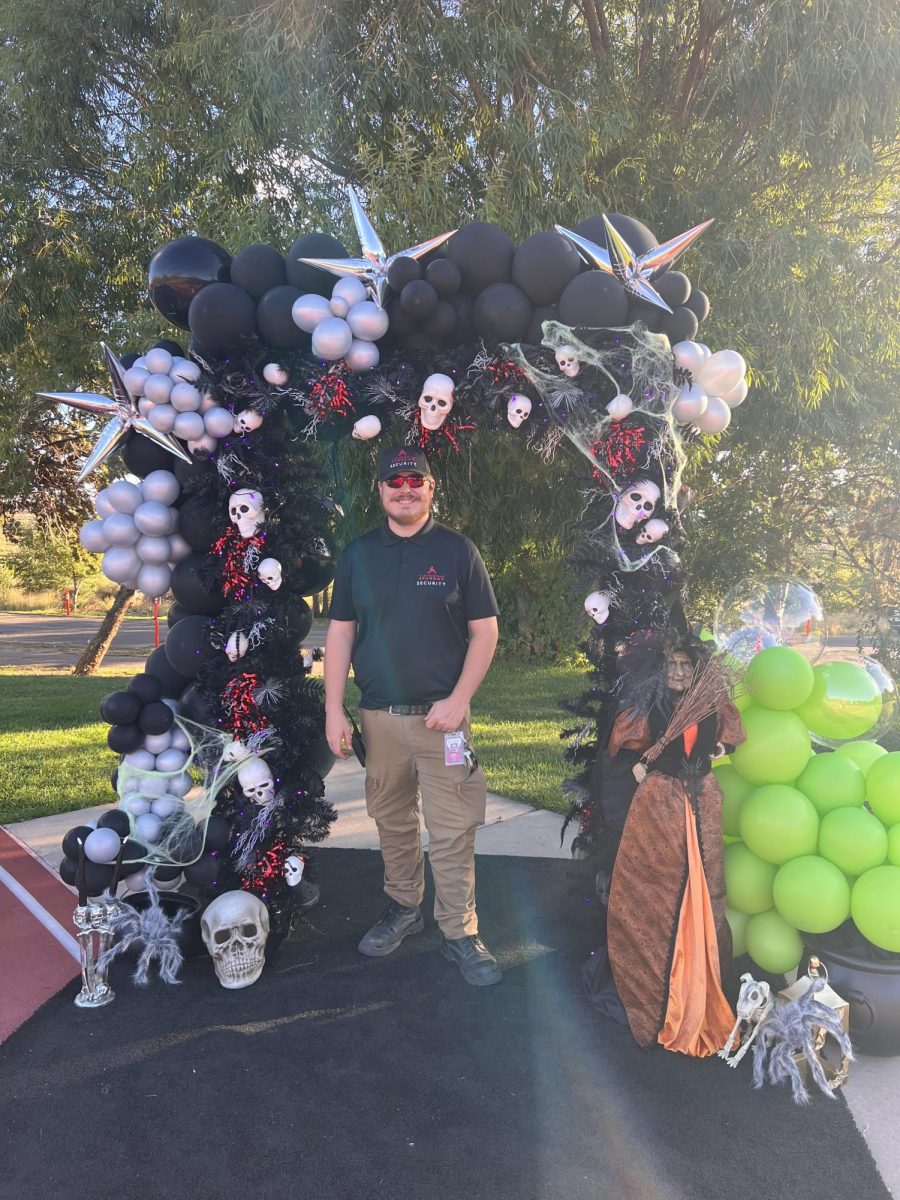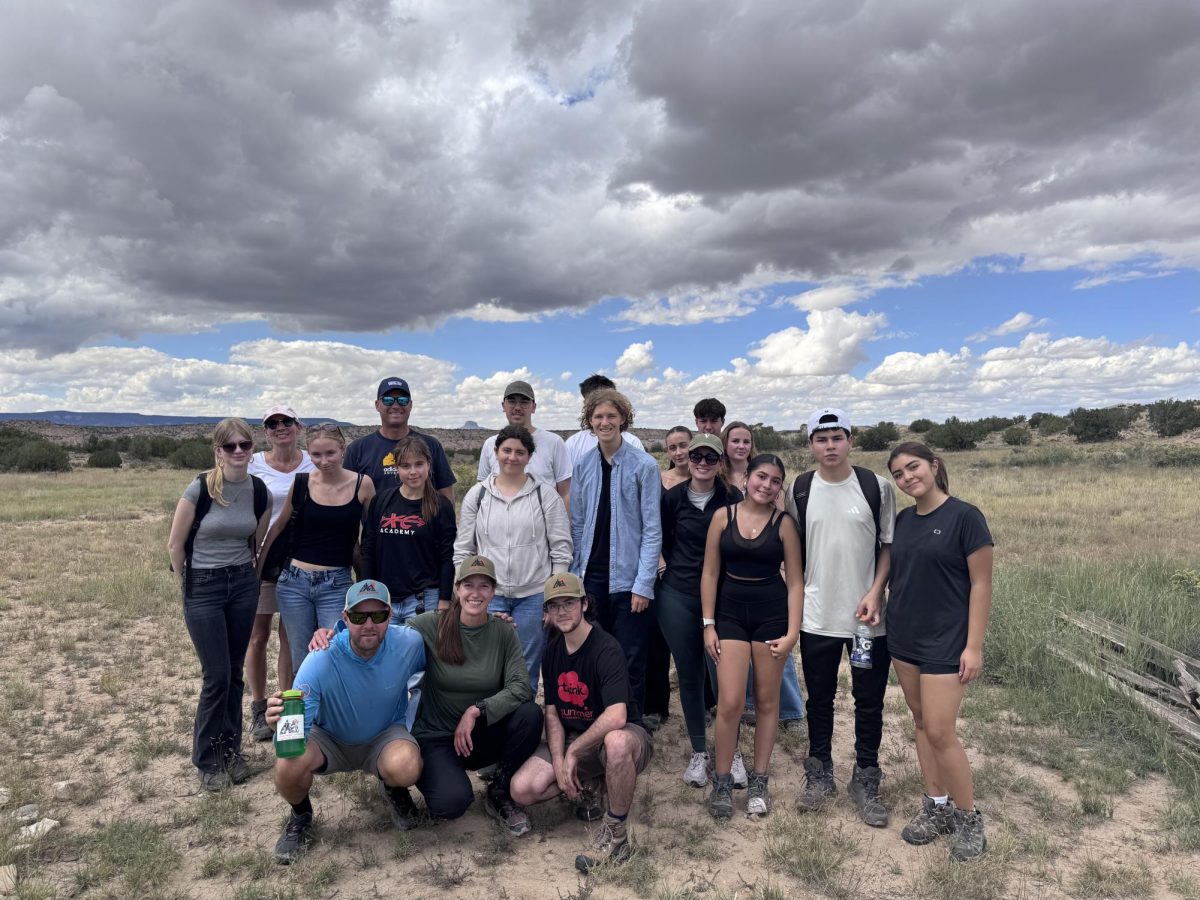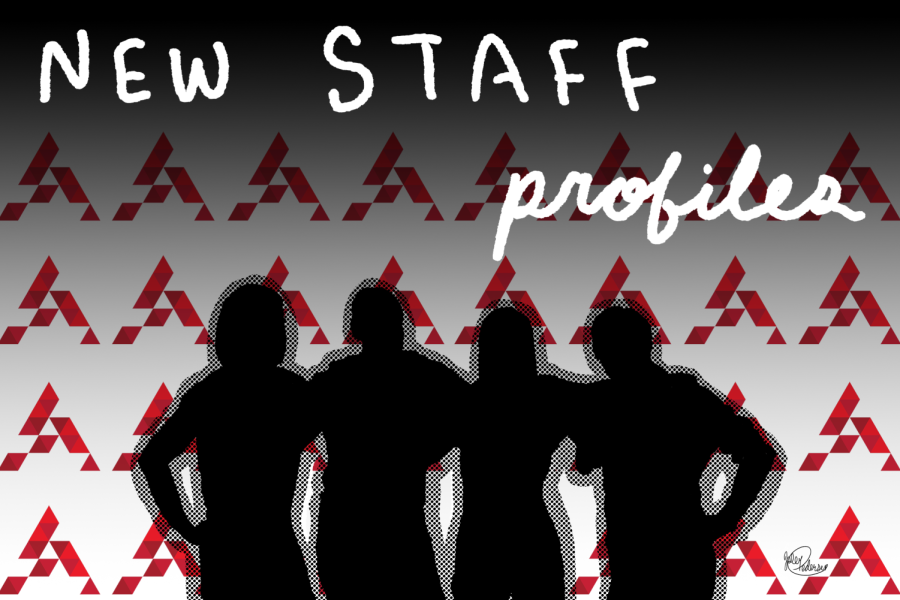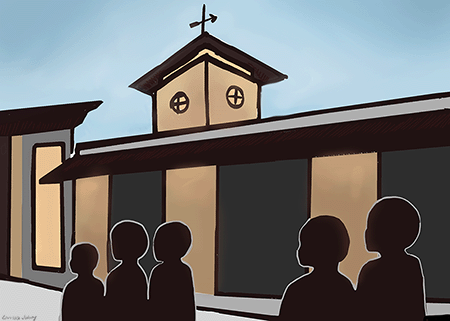It’s been a year since ChatGPT and its peers, such as Bard and laMDA, were released to the public. These forms of generative AI are known as large language models, or LLMs, trained by data sets to create text of their own. These models are able to do anything from writing essays to poems and have even shown proficiency while taking major exams. GPT-4, the latest version of ChatGPT, scored in the 90th percentile on the Bar exam. Despite its potential, AI’s power in these ways has led to serious concerns of student plagiarism.
Considering these concerns, there’s still uncertainty on how exactly AI use should be governed in classrooms. Some districts decided initially to completely ban ChatGPT, including New York City Public Schools, the largest district in the country. They first banned AI in January, but later reversed the ban on May 18th. Other schools also have yet to form clear-cut boundaries on AI usage. In fact, only about 10% of schools and universities have actually developed any kind of policy on AI as of September.
Despite the fact that there’s currently a lack of AI policies, there are moves towards some in the works. Many educational institutions have begun to develop comprehensive policies that take into account the nuances of student AI usage. Rules on generative AI don’t need to be entirely all or nothing; as with all resources, there are ways it can be used to benefit learning without taking away from students’ education. Albuquerque Academy recently released their own policy on AI in the 2023-24 Student/Parent Handbook. Academy allows students to use AI on formative assignments and assessments, which are mainly used to see if a student is learning the required material, but not during cumulative tests. Students are also required to explain how using AI as a tool added to their learning.
Teachers have also figured out ways to further discuss AI boundaries with students. Hugh Himwich, an English and Latin teacher at the Academy, managed to develop his own AI transparency policy, even before the school released its own. Himwich states that students are indeed allowed to use AI in some of his classwork, such as research or discussions, as long as they are open about the fact that they used AI in their work and provide a transcript of what exactly they asked the AI to do.
AI could also be a major force for teaching in the future. Quizlet, a popular education website that allows students to create virtual flashcards for studying, introduced their own AI tutor called Q-chat. By using generative AI, Q-chat can be used to quiz students or simply coach them. AI tutors such as Q-chat can be a major help for educators who want their students to be able to practice important skills and concepts or catch up on parts of their education that may have been disrupted by events, such as virtual learning during the COVID-19 pandemic.
Integrating AI into our school systems is a double-edged sword. It can be used as an incredible tool to help students develop original and creative ideas and learn new concepts, but it could also be a new way to propagate plagiarism and cheating. With future advancements of AI and other technologies, our ideas and boundaries around how they can be used educationally will certainly change as well.
Artificial Intelligence in Schools, a Double-edged Sword
A look into the use of AI in education
Kay ’28, Writer
October 12, 2023
Categories:
1
More to Discover
About the Contributor
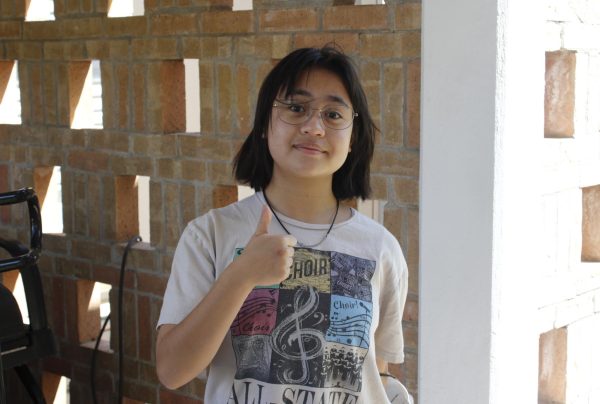
Larissa Jubay ’28, Photography and Graphics Editor
Larissa joined the Advocate in the fall of 2023 (8th grade). Since then, she has been one of the Advocate’s few photographers. She hopes to inspire new artists and photographers through her position as the Photography and Graphics Editor. As a faithful member of Bird Club, her favorite bird is a Western Kingbird (a.k.a. WEKI). She spends much of her time sketching in the Art Building and can be seen around campus taking photos of various community events. She is also a member of Cool Breeze, does karate, and is on the yearbook staff. In her free time, she enjoys watching walls (which is like watching paint dry, but the wall has already completed the drying process).


